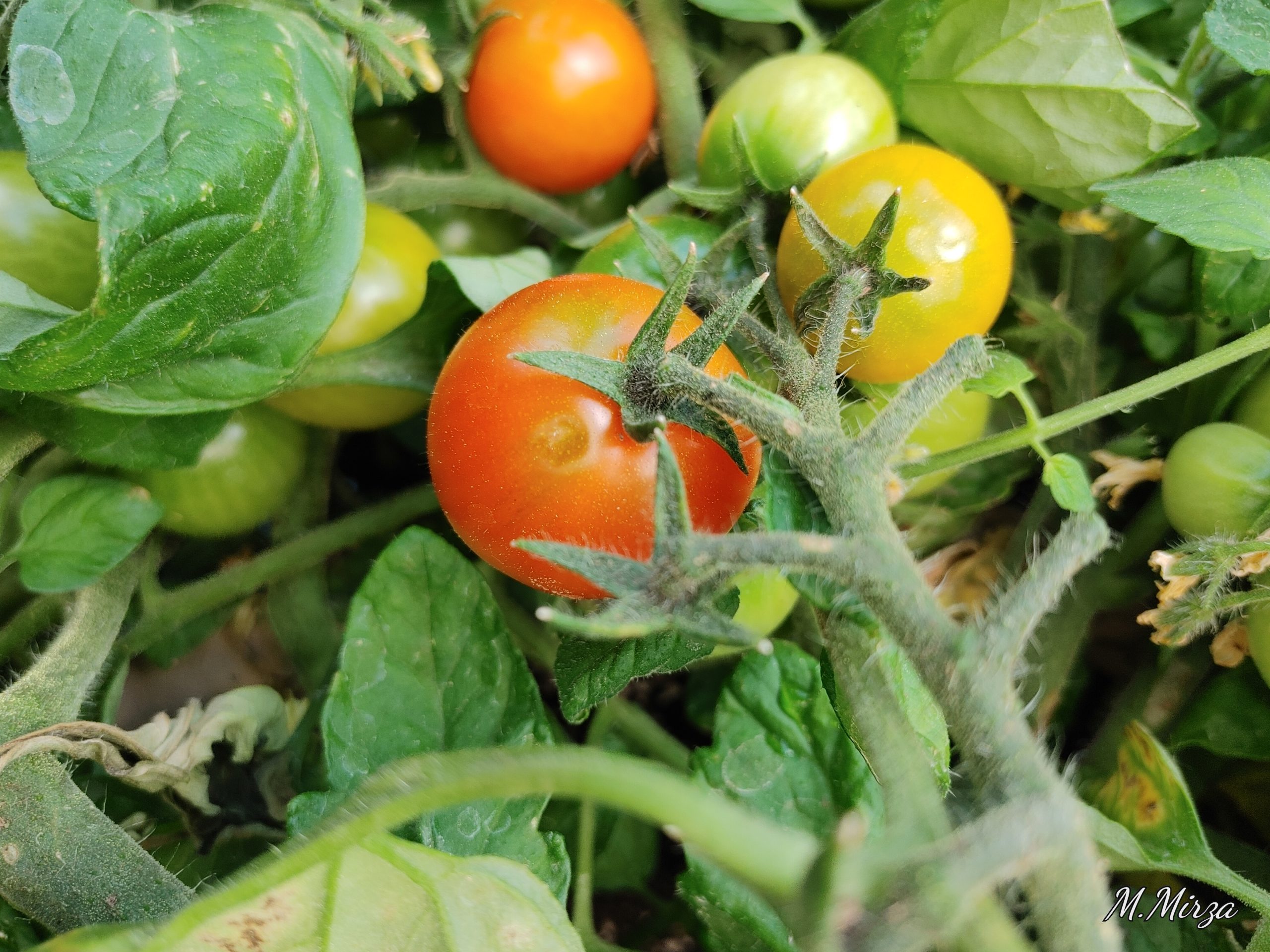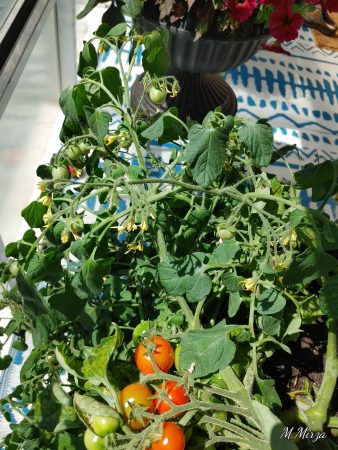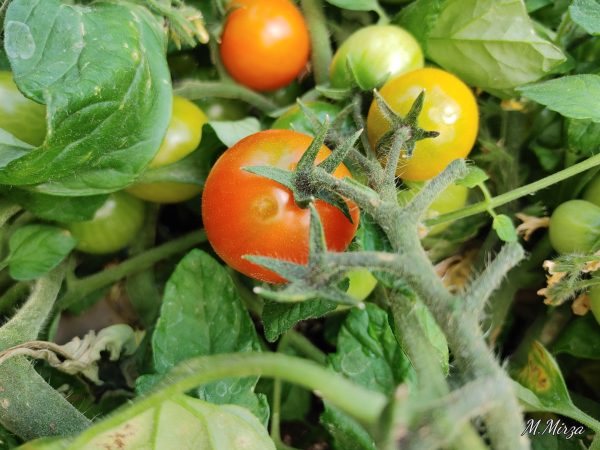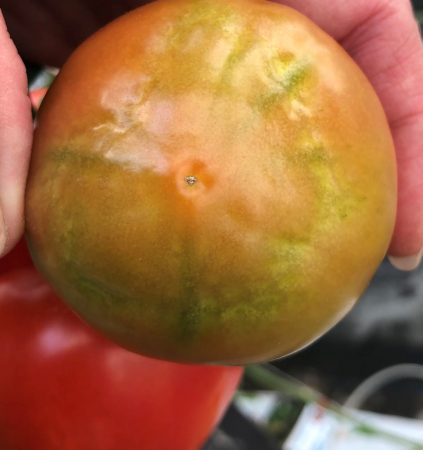
Features
Environmental Control
Vegetables
Ventilation
Managing heat stress in greenhouse vegetables
With temperatures rising across Canada, here's how greenhouse producers can reduce heat stress for their vegetable crop.
June 29, 2021 By Dr. Mohyuddin Mirza

With the outside temperatures rising above 30°C in many parts of Canada, heat warnings are being issued and reports are coming in that indicate heat stress in greenhouse vegetables.
Signs include serious tomato fruit splitting and blotchy ripening, cucumbers not setting new flowers and fruit abortion, peppers fruits showing wavy skin, and strawberry flower and fruit size becoming smaller.
Inside greenhouses, air temperatures have been recorded at around 36 to 38°C. The temperature of the skin on red-coloured tomato fruits have measured at 41.2°C.
Energy inputs for a typical greenhouse
It is important to understand the impact of solar energy in generating heat in greenhouses. The following picture shows the relationship between the solar energy once it falls on greenhouse glazing material and what happens afterwards.

Figure 1. 69 per cent of solar energy is transmitted, on average, into the greenhouse.
As you can see in Figure 1, 19 per cent of solar energy falling on a greenhouse roof is reflected back in the outside air, 12 per cent is absorbed by the material itself and about 69 per cent is transmitted inside the greenhouse envelope. These are averages and do vary with the sun’s angle, type of glazing material and many other factors.
Inside the greenhouse, 14 per cent of the light is reflected from plants, 17 per cent is given off as heat and 38 per cent is used for evapotranspiration.
Transpiration and evapotranspiration are two important aspects of how plants cool themselves under high solar radiation. Did you know that plants are designed to transport water from the root zone through transpiration pull and root pressure push? They lose the water to the surrounding air and retain the nutrients in their cells to use for growth. They keep themselves cool this way, and during hot weather that is an important part of crop management.
Also remember that plants can selectively take up water only, leaving behind all the nutrients in the root zone. This has implications for EC readings later on, as you’ll see.
Observations from a greenhouse
Below are pictures of tomato plants where I recorded leaf and fruit temperature when outside air temperature was 28°C but inside air temperature was 30°C. The wilted leaves measured at 38.4°C while the fruit surface measured at 41.2°C – almost 10 °C higher than the temperature indoors.


The two pictures below show how high fruit temperature can lead to gold-speckled skin and corky, dry tissue inside rendering the fruit unsaleable. Heat stress reduces pollen viability and could lead to potential crop loss, while corky tissue may be an indirect effect of heat stress as well.


Reduce heat stress on plants
So what can be done to reduce heat stress – and their impacts – on plants?
- Since the heat is coming from solar energy, try to reduce the incoming light during the hotter periods. Many growers are effectively using screens to block sunlight during the period when light levels are surpassing 1500 to 2000 joules.
- Keep air moving by using vertical and horizontal fans.
- Temperature and relative humidity go hand in hand and that means pay attention to Moisture Deficit or Vapor Pressure Deficit (VPD). For example, if temperature is 30°C and relative humidity is 50 per cent, then the VPD is 14 grams per m3 or 18.4 millibars which is very stressful for the plants. If the relative humidity is raised to 70 per cent, then VPD is 8.5 grams or 11.2 millibars. Plants can perform better in these ranges of VPD. Wherever possible, fogging and misting systems should be utilized to the fullest.
- Under high ventilation conditions during hot weather, CO2 can become a limiting factor for photosynthesis and production can suffer. This may result in reduced fruit size, smaller leaves and reduced overall vigour of plants. Many growers increase the ventilation set point by 2°C and thus reduce ventilation in the morning. This helps make CO2 available to plants for a longer period of time.
- Water and nutrient management need more attention. Growers who water their crops based on sunlight automatically increase their irrigation frequency. For example, the standard formula is to use 300 ml/m2 per every 100 joules of light. Since the light levels could be as high as 2000 joules, up to 6L per m2 may be required.
- Many growers increase the leach percentage by 50 per cent but still notice that the Electrical Conductivity (EC) keeps on increasing. This is because plants can selectively take up water to meet their evapotranspiration needs, so nutrients can increase. It is recommended to switch over to plain, pH adjusted water when light levels are highest, generally between 11 am to 4 pm.
- Under high light and high heat, plants will become more generative and top growth can become thin and spindly. If possible, try to achieve a lower 24-hour average temperature by reducing night temperature.
Crops are in midseason and have a few months to go. Paying attention to above points may help to restore the crop to good condition and maintain good fruit quality.
Mohyuddin Mirza, PhD, is an industry consultant in Alberta. He can be reached at drmirzaconsultants@gmail.com
All photos by: M. Mirza
Print this page